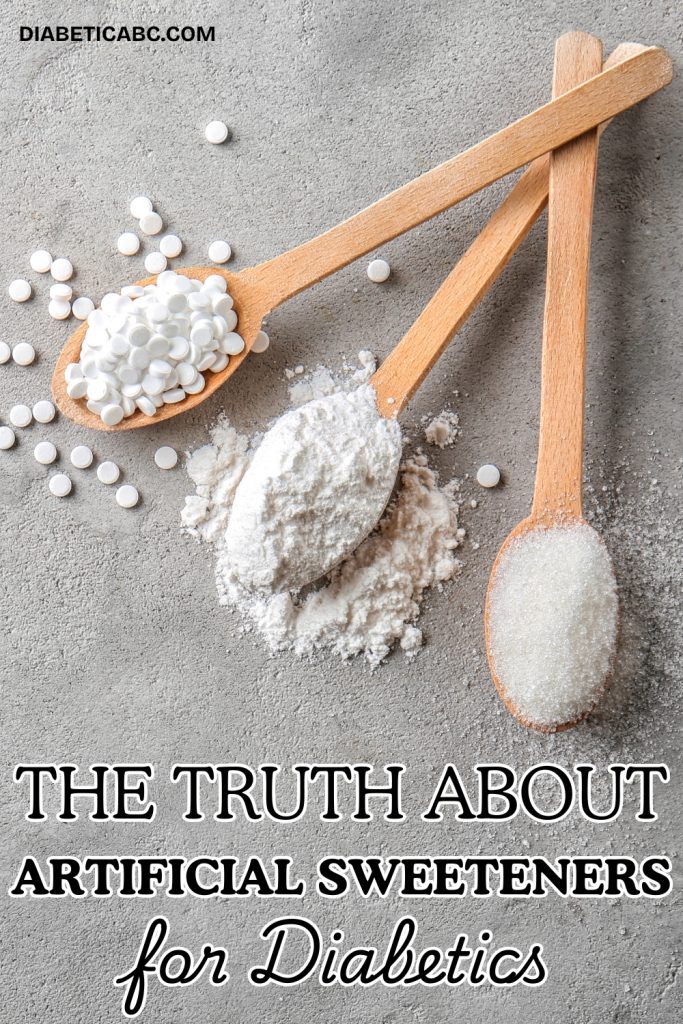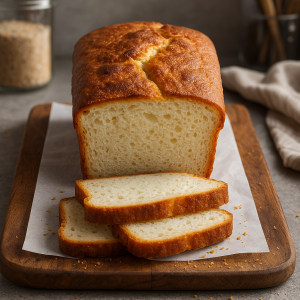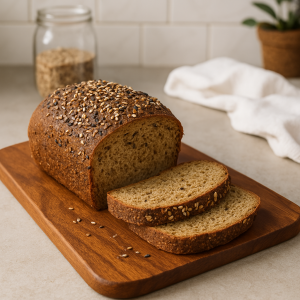Okay, let’s get real. The first time I attempted a completely sugar-free existence, I lasted approximately three hours. It was a well-intentioned endeavor, spurred by a rather firm discussion with my doctor about pre-diabetes (which is never fun to hear). I pictured myself as the epitome of health, gracefully sipping unsweetened tea and enjoying the crispness of celery. The reality? I was a grumpy, sugar-deprived individual, desperately searching for anything even remotely sweet. That’s when I began my deep dive into the world of artificial sweeteners.
I’ve always considered myself a food enthusiast (perhaps too enthusiastic at times), and the prospect of eliminating all sweetness felt, frankly, like a culinary injustice. But understanding artificial sweeteners? It’s akin to navigating a dense forest with a map sketched by a child – bewildering, to say the least.
So, after considerable experimentation (and a few “sugar-free” baking endeavors best left forgotten), I’ve accumulated some knowledge. And because I want to help, I’m sharing the upsides, the downsides, and the downright perplexing aspects of artificial sweeteners, especially if you’re navigating the world of diabetes.

The Sweet Relief: The Potential Upsides (2 Pros)
1. Blood Sugar Management: A More Controlled Dance:
This is the primary benefit, particularly for individuals with diabetes or those, like myself, who have been on the pre-diabetic spectrum. Maintaining stable blood glucose levels is paramount. Regular sugar? It’s like inviting a disruptive element to a carefully orchestrated event – things can quickly get out of hand. Your blood sugar spikes, your insulin response is triggered, and it leads to a cascade of undesirable effects.
Artificial sweeteners, in contrast, are the more subdued participants. They follow different metabolic pathways, meaning they don’t provoke that same dramatic surge in blood sugar. Major organizations like the American Diabetes Association (ADA) and the Mayo Clinic acknowledge this potential benefit, recognizing them as a tool for replacing sugar without the immediate glycemic consequences. I find this particularly useful when I’m craving a sweet iced tea on a summer afternoon – a little sucralose can be a lifesaver.
2. Calorie Control: A Potential Ally (But Not a Miracle Worker):
Let’s be frank, many of us are mindful of our weight, at least to some degree. And traditional sugar is calorie-dense. Artificial sweeteners, being very low-calorie or calorie-free, offer an alternative.
Substituting sugar-sweetened beverages with diet versions, or using a touch of stevia in your coffee instead of a heaping spoonful of sugar, can contribute to a reduction in your overall calorie intake. This is particularly relevant for diabetes management, as maintaining a healthy weight improves insulin sensitivity (a crucial factor).
It’s important to note – and I say this from experience – that while they aid in calorie control, they aren’t a magical solution. Consuming an entire package of sugar-free cookies won’t lead to effortless weight loss. (I’ve, ahem, tested this theory. It’s not effective, and it can lead to significant digestive discomfort. We’ll revisit that later…)
The Sticky Side: The Potential Downsides (3 Cons)
1. The Diabetes Paradox: A Counterintuitive Connection:
This is where the waters get a bit murky. Some large-scale observational studies, such as the NutriNet-Santé study, have identified a correlation between high consumption of diet sodas and an increased risk of type 2 diabetes. It sounds paradoxical, doesn’t it?
It’s crucial to understand that this doesn’t mean artificial sweeteners directly cause diabetes. The relationship is likely more complex. One potential explanation is “reverse causality” – individuals who are already at a higher risk for diabetes (due to genetics, lifestyle, or other factors) might be more likely to opt for artificial sweeteners as a way to manage their sugar intake. It’s also possible that other, yet-to-be-understood factors are at play. This finding highlights the need for ongoing research and a cautious approach.
2. Your Gut Microbiome: Potential Disruption:
This aspect initially concerned me. Our intestines are home to trillions of bacteria, collectively known as the gut microbiome. This intricate ecosystem plays a vital role in our overall health, including how we metabolize glucose.
Emerging research suggests that certain artificial sweeteners (saccharin and sucralose, in particular) can negatively impact these gut bacteria. Studies have indicated a potential reduction in beneficial bacteria and even impaired glucose tolerance. It’s akin to disrupting a delicate balance within a complex system. The long-term implications of these changes are still under investigation, but it’s a significant consideration.
My grandmother always emphasized the importance of “listening to your gut.” While she likely meant intuition, in this context, it takes on a literal meaning!
3. Long-Term Uncertainties and Other Concerns:
Frankly, we’re still in the process of fully understanding the long-term effects of some of these sweeteners. There have been historical concerns about aspartame and a possible link to cancer (although regulatory bodies like the FDA maintain it’s safe at typical consumption levels). More recently, research has suggested a potential association between erythritol (a sugar alcohol) and cardiovascular events.
It’s a bit like navigating a relationship with someone who appears trustworthy, but you retain a slight reservation. The research landscape is constantly evolving, and findings are often conflicting. It’s worth noting that industry-funded studies often emphasize safety, while independent research may explore potential long-term risks and raise questions. It’s a complex and nuanced area.
A Sweetener Safari: A Quick Guide
Here is a quick breakdown of some common sweeteners.
| Sweetener | Sweetness (vs. Sugar) | Calorie Content | Impact on Blood Glucose | Specific Concerns |
| Aspartame | ~200 times | Very Low | None | PKU warning, potential link to cancer (disputed), mixed research findings |
| Sucralose | ~600 times | Very Low | None | Potential impact on gut microbiota and insulin sensitivity, mixed research findings |
| Saccharin | 200-700 times | Zero | None | Potential bitter aftertaste, impact on gut bacteria, historical cancer concerns (largely dismissed) |
| Stevia | 200-400 times | Zero | May Lower | Potential effects on liver and kidney function (in some studies) |
| Monk Fruit | 100-250 times | Zero | None | Generally safe, more research needed |
| Xylitol (Alcohol) | Similar to Sugar | Low | May Raise Slightly | Gastrointestinal issues in some individuals |
| Erythritol (Alc) | Similar to Sugar | Very Low | None | Potential link to increased cardiovascular risk (emerging research) |
Beyond Artificial: Exploring Alternatives
It is also wise to consider alternatives. Natural sweeteners like honey, maple syrup, and agave are often perceived as healthier, but they still contain calories and will raise blood sugar, though to varying degrees. Moderation is essential, even with these options. Stevia and monk fruit, being natural and zero-calorie with minimal blood sugar impact, are often considered preferable to things like honey or maple syrup, which have a higher glycemic index.
Beyond sweeteners themselves, consider strategies to reduce your overall sugar cravings. Increasing your intake of protein and fiber can help stabilize blood sugar and reduce the desire for sweets. Exploring naturally sweet foods like fruits (in moderation) can also be a helpful approach.
The Bottom Line
So, what’s the final word? Are artificial sweeteners the heroes of diabetes management, or are they covert adversaries? The reality is, they occupy a space somewhere in between.
They can be a useful tool for managing blood sugar and reducing calorie intake, particularly in the short term. But they’re not a license to consume unlimited quantities of sweet-tasting foods and drinks. And there are potential drawbacks that warrant careful consideration.
My personal recommendation (keeping in mind I’m not a medical professional, but a fellow traveler on this journey):
- Embrace Moderation: Don’t overdo it.
- Pay Attention to Your Body: If a particular sweetener causes discomfort or unusual symptoms, discontinue use.
- Prioritize Whole Foods: A diet rich in fruits, vegetables, lean protein, and whole grains is the cornerstone of good health, regardless of diabetes status.
- Seek Professional Guidance: Consult your doctor or a registered dietitian. They can provide personalized advice tailored to your specific health needs and circumstances.
Artificial sweeteners can be a part of managing diabetes, but they are not a risk-free solution. Use them sparingly, prioritize whole, unprocessed foods as the foundation of your diet, and most importantly, listen to your body and your doctor’s advice.
Consider a two-week experiment. Keep a simple journal and note how different sweeteners (or the absence of sweeteners) affect your energy levels, cravings, and overall well-being. This personal data can be invaluable in making informed choices that are right for you.




